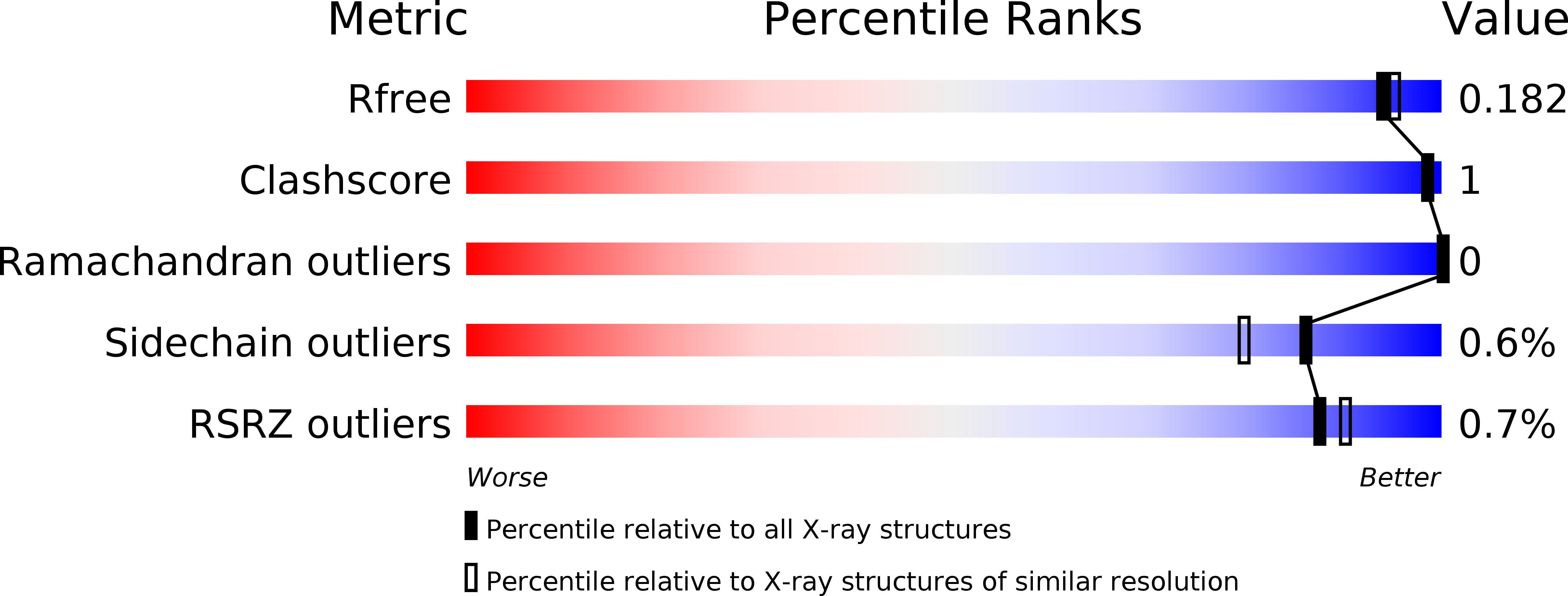
Deposition Date
2017-06-01
Release Date
2018-01-31
Last Version Date
2024-11-06
Entry Detail
Biological Source:
Source Organism:
Method Details:
Experimental Method:
Resolution:
1.72 Å
R-Value Free:
0.17
R-Value Work:
0.14
R-Value Observed:
0.14
Space Group:
P 1 21 1


